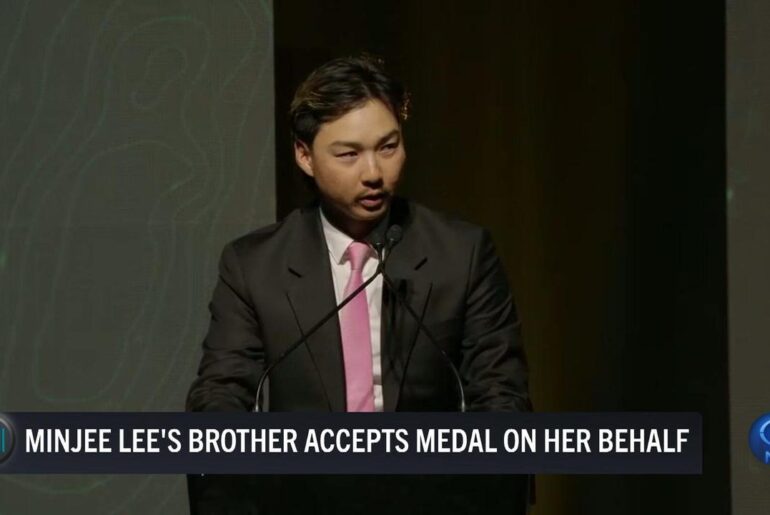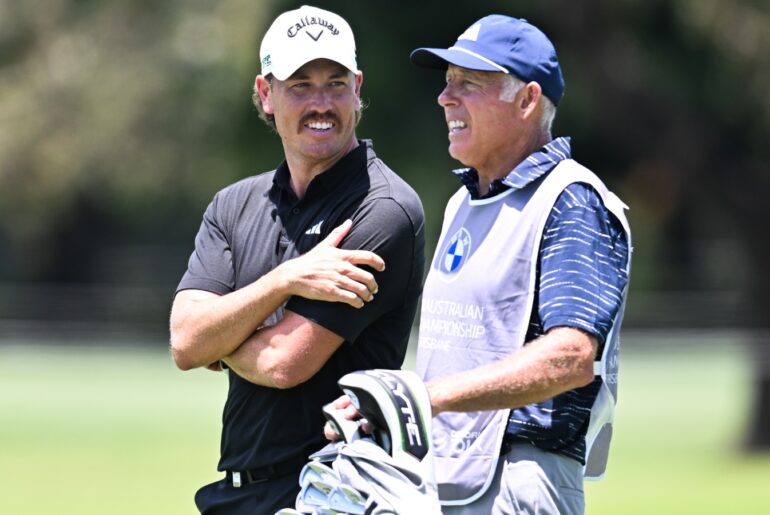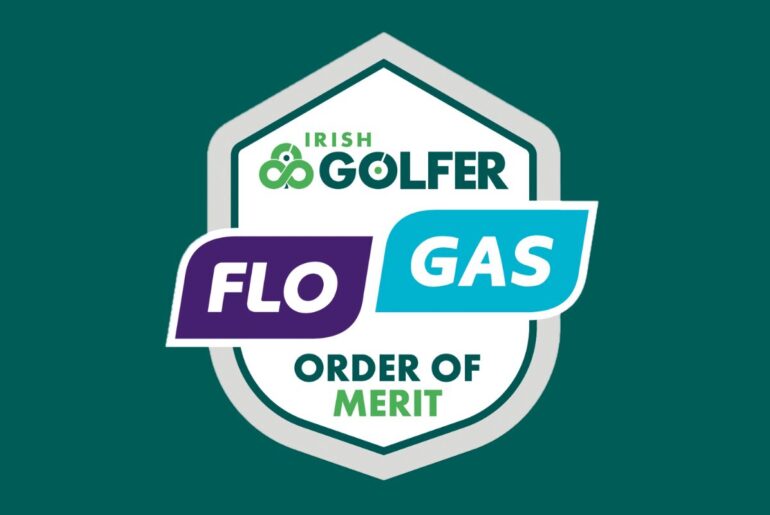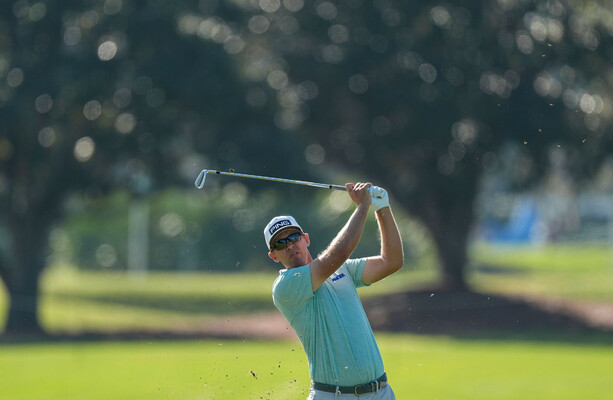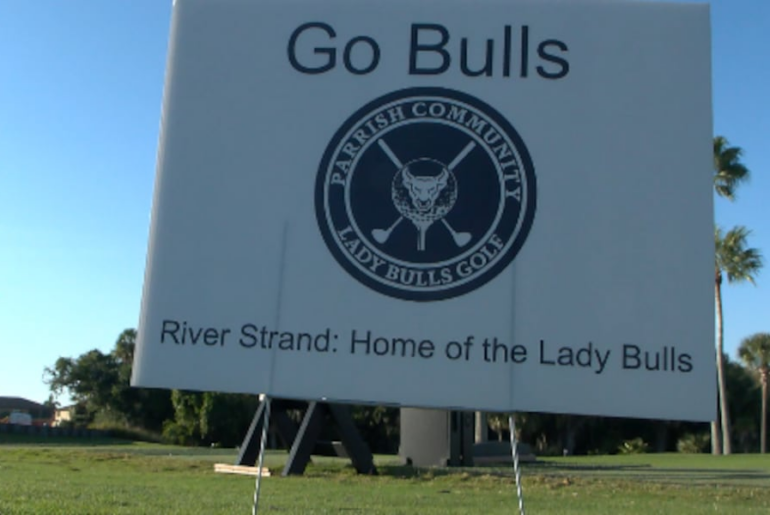Susan R. Pollack
| Special to The Detroit News
French Lick, Indiana — The first thing that comes to mind at the mention of this sleepy little town in rural southern Indiana is the legendary basketball star, Larry Bird, widely known as “the hick from French Lick.” Few folks know much beyond that about his quirkily-named hometown.
Today, this otherwise unsung community, whose healing mineral waters, underground gambling scene, and entertainment offerings made it an early rail hub and mecca for the rich and famous, has re-emerged, after considerable ups and downs, as a thriving 21st-century resort destination.
Travelers come for its beautifully restored historic hotels and spas, resort-style casino, championship golf courses by Donald Ross and Pete Dye, riding stables, gardens, holiday events and other attractions.
Today through Sunday, French Lick Resort’s celebrated Pete Dye course, ranked 18th on Golf Digest’s 2025 list of ‘America’s 100 Greatest Public Courses,’ is in the spotlight as host of the annual Korn Ferry season-ending championship tournament, gateway for players to the PGA Tour. The top 20 points-earners will win PGA Tour cards for the 2026 season.
Located, as some would say, ‘in the middle of nowhere,’ about a six-hour drive from Detroit and 55 miles from the closest major airport (Louisville), French Lick Resort is comprised of three hotels – historic West Baden Springs with its massive atrium dome once billed as “the eighth wonder of the world;” French Lick Springs Hotel, listed on the National Register of Historic Places and known for its gold-gilded lobby with colorful ceiling murals; and Valley Tower, a modern 71-room hotel addition that opened six years ago.
Together, they offer 757 rooms and suites on a sprawling property whose hospitality roots date tothe mid-1800s.
The heart of the resort’s ambitious, $600-million restoration is the eye-popping glass dome atrium at West Baden Springs Hotel, a designated National Historic Landmark. At nearly 200-feet in diameter, it’s an architectural marvel that ranked as the world’s largest free-span dome when it opened in 1902.
French Lick’s heyday as a bustling health resort spanned the late 1800s through the roaring twenties. Natural mineral waters were the key attraction, promoted as a cure for everything from acne and arthritis to constipation, diabetes and more. The main ingredients, sodium and magnesium sulfates, are known natural laxatives. Guests not only drank the waters but bathed in them in pavilions around the resort’s sunken gardens, two of which still stand on the grounds.
Pluto Water, named for the Roman god of the underworld, was bottled in French Lick and became a household name, with a red devil logo and the motto: “When nature Won’t, PLUTO Will.” Beyond the resorts, it was distributed nationally in pharmacies and even on passenger trains, racking up over $1 million in sales annually in the early 20th century.
Production of the world-famous Pluto Water ceased in 1971, after another ingredient, lithium, was classified as a controlled substance, making its sale and bottling illegal. “We laugh and say, ‘No wonder those people left here so happy,” says the resort’s historian and archivist, Jeff Lane, on a property tour. “You can imagine why all those years people kept coming back.”
Nowadays, guests may still “take the waters” at the resort’s spas, which offer a therapeutic “Pluto Mineral Bath” with sulfur water.
Both Pluto Water and Sprugel Water, its lesser-known competitor, are showcased in historical vignettes and displays around the resort. So, too, is another famous French Lick liquid: tomato juice. It was invented at the resort in 1917 when Chef Louis Perrin got creative after running out of orange juice one morning.
Historically, French Lick gambling was illicit but widespread to the point that West Baden was considered ‘the Monte Carlo of the Midwest’ in the 1920s.
Al Capone reportedly was a regular and the guest list over the years included scores of celebrities and politicians, many celebrated in photos on French Lick Springs Hotel’s Wall of Fame.
Among the hundreds of famous guests were Bing Crosby, Bob Hope, John Barrymore, Irving Berlin, the Vanderbilts, Louis Armstrong, Duke Ellington, Lana Turner, Howard Hughes, and Willie Mays. Franklin D. Roosevelt launched his bid for the presidency when campaigning at a governors’ conference there in 1931.
Boxer Joe Louis was among sports figures who trained at West Baden, as well as numerous professional baseball teams that played during spring training on its baseball field surrounded by a circa 1896 double-decker bicycle track.
The resort’s fortunes, affected by fires, storm damage and world events, fluctuated over the decades.
Hard times followed the Stock Market crash and the Great Depression, and West Baden Springs Hotel closed for 75 years, from 1932 to 2007. That period saw a surprising Michigan-French Lick connection: From 1966 to 1983, West Baden was a satellite campus of Midland-based Northwood Institute, now Northwood University. Before that, the resort served as a Jesuit seminary, West Baden College, for 30 years.
In 1996, the hotels were rescued from near-ruin by Bill and Gayle Cook, Indiana philanthropists and historic preservationists, who financed and oversaw the bold $600 million restoration. The hotels reopened in 2006 and 2007.
West Baden’s six-story atrium, encircled by guestrooms, is nothing short of spectacular and served as a setting for the 2022 supernatural thriller, So Cold the River. Three dozen of the its 243 guestrooms offer atrium-view balconies (pro tip: book early).
The dome’s LED lights change colors nightly and are especially popular during the holidays when a 45-foot-tall, floor-to-chandelier Christmas tree takes center stage. Not to be missed is the atrium’s huge Rookwood Pottery fireplace, big enough to accommodate 14-foot logs.
Save some oohs and ahhs for the French Lick Springs Hotel’s impressive ceiling murals and lobby, including an ornate, gold-leaf table once owned by Liberace and, later, Jim and Tammy Faye Bakker.
Golf has played a key role in French Lick Resort’s storied history, starting with the classic Donald Ross course in 1917. Even more challenging, the Pete Dye course, which opened in 2009, features narrow fairways and rugged hills, with memorable views from one of Indiana’s highest points.
Golf continues to evolve at the resort with the addition this year of a trend-forward short course designed to attract families and new players to the game. Playable in 75 minutes, with holes ranging between 40 and 90 yards, the new par-3 Sand Creek course incorporates mini-Pete Dye volcano bunkers and Donald Ross-style contoured greens. It’s adjacent to the 9-hole Valley Links Course and driving range.
Just in case you’re wondering, French Lick got its name from an 18th-century French trading post built near a spring and a salt lick that attracted roaming bison, deer and other wildlife. And, at 983 S. Washington Street, you can even drive by Larry Bird’s childhood home.
For French Lick Resort lodging, golf tee times and other information, check frenchlick.com or call (888) 976-3617. The annual Season of Lights starts Nov. 15.

